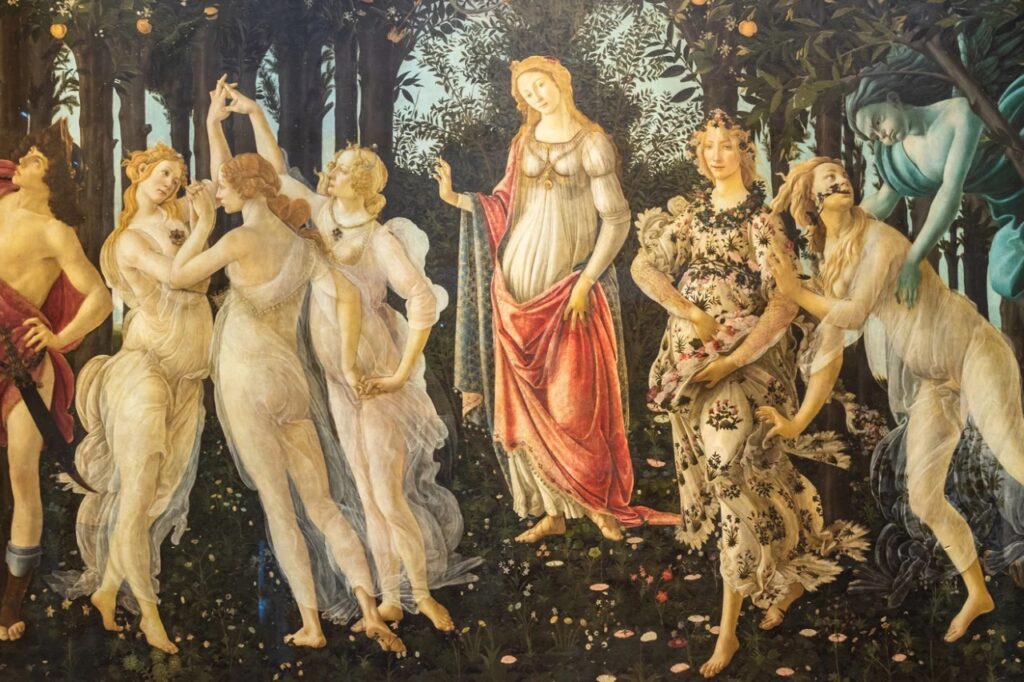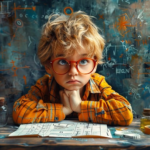In the realm of art history, few periods evoke as much fascination and admiration as the Renaissance. This transformative era, spanning roughly from the 14th to the 17th century, witnessed an unparalleled flourishing of creativity, innovation, and cultural rebirth across Europe. Let’s embark on a journey through the illustrious realm of Renaissance art, where masterpieces were born and legacies were forged.
The Renaissance Revival: A Rebirth of Ideas
Emerging from the shadows of the Middle Ages, the Renaissance heralded a renewed interest in the classical ideals of ancient Greece and Rome. Fuelled by a spirit of humanism, artists sought to explore the depths of human experience, celebrating the beauty of the natural world and the ingenuity of the human mind. From the graceful sculptures of Michelangelo to the luminous paintings of Leonardo da Vinci, the Renaissance masters left an indelible mark on the annals of art history.
The Masters of the Renaissance: Icons of Creativity
At the heart of the Renaissance stood a pantheon of artistic geniuses whose works continue to captivate and inspire audiences centuries later. Leonardo da Vinci, often hailed as the quintessential Renaissance man, dazzled the world with his enigmatic smile of the Mona Lisa and the groundbreaking anatomical sketches of Vitruvian Man. Meanwhile, Michelangelo’s awe-inspiring frescoes in the Sistine Chapel, including the iconic depiction of the Creation of Adam, exemplify the sublime beauty and technical mastery of Renaissance art.
Beyond the Canvas: The Impact of Renaissance Art
Beyond its aesthetic appeal, Renaissance art played a pivotal role in shaping the cultural, social, and political landscapes of its time. The patronage of wealthy merchants and influential rulers provided artists with the resources and support necessary to unleash their creative potential, leading to the proliferation of art and architecture throughout Italy and beyond. Moreover, the dissemination of artistic ideas and techniques fueled the rise of artistic centers such as Florence, Venice, and Rome, transforming these cities into veritable crucibles of creativity.
Legacy and Influence: The Enduring Appeal of Renaissance Art
Though the Renaissance may belong to the annals of history, its legacy continues to reverberate in the modern world. From the majestic domes of Brunelleschi’s Florence Cathedral to the elegant palazzos lining the canals of Venice, the architectural marvels of the Renaissance serve as enduring testaments to the enduring power of human creativity. Likewise, the timeless allure of Renaissance paintings and sculptures continues to inspire contemporary artists, who draw upon the rich tapestry of the past to create anew.
In conclusion, the Renaissance stands as a testament to the boundless potential of the human spirit to transcend the confines of time and space through the transformative power of art. As we gaze upon the masterpieces of this golden age, we are reminded of the enduring beauty, brilliance, and resilience of the human creative impulse—a legacy that continues to illuminate and inspire us to this day.






